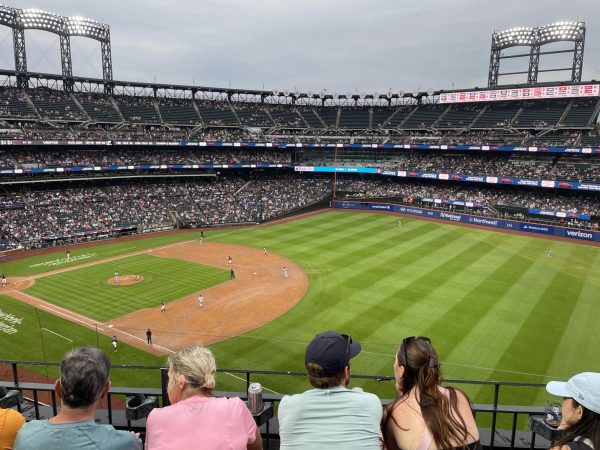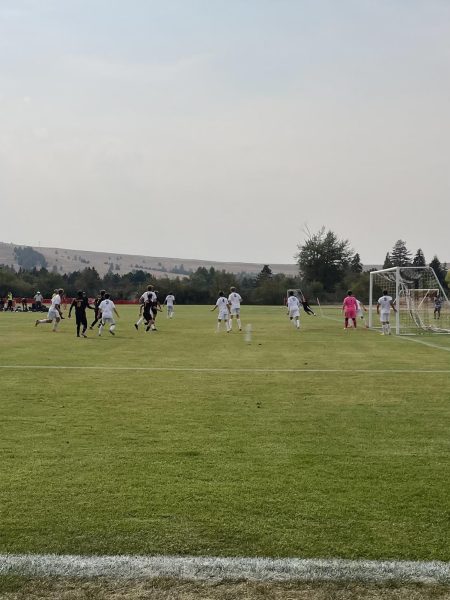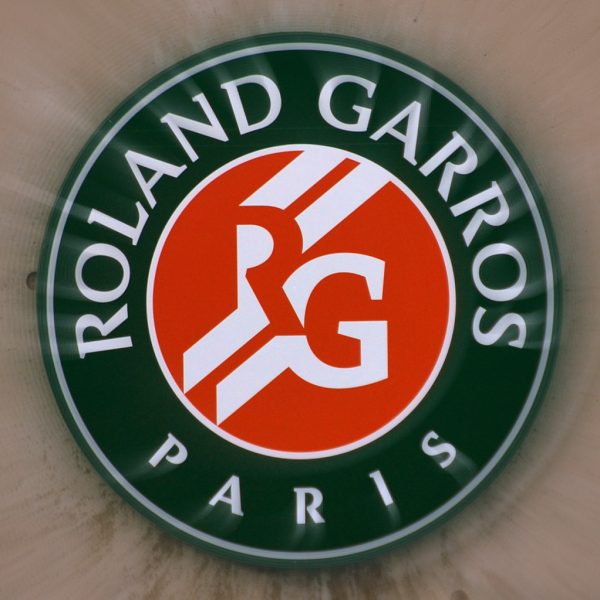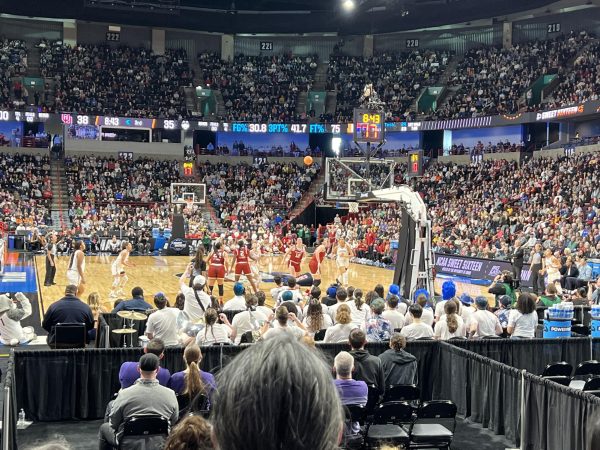Soccer’s European Super League, Explained
What was the Super League?
On April 18, 12 of Europe’s most famous soccer clubs – among them Arsenal, Liverpool, Manchester United, Barcelona, and Real Madrid – announced plans to break away from Europe’s top tournament, the Champions League, to form a new European Super League. Instead of competing against the other 24 teams that qualify for the Champions League each year, the members of the Super League would compete against only each other, with five additional teams rotated in based on an undisclosed formula.
The Super League is a plan that has been in the works for a while but was pushed into action this year by the financial struggles brought on by the pandemic. The recent effort was spearheaded by Real Madrid president Florentino Perez, who described the new league as a way to guarantee that “the best always play the best.”
The major difference between the Super League and the Champions League is that the teams in the Champions League are chosen based on their performance in domestic leagues (the Premier League in England, La Liga in Spain, Serie A in Italy). However, in the Super League there is no qualification process for the member clubs – their place is guaranteed no matter the quality of their season.
Why was the Super League created?
The creation of the league is primarily about money. Many soccer teams are in danger of bankruptcy. Even the two clubs listed as the most valuable by Forbes, Barcelona and Real Madrid, have over a billion dollars of debt each. The pandemic has exacerbated these financial struggles as the loss of in-person fans has caused teams to lose matchday revenue and potential sponsorships.
It’s not surprising, then, that the idea of a Super League looked appealing to soccer’s top clubs. Members would earn a greater share of the television and broadcasting rights of the league and earnings would be spread between fewer participants. And all of the member clubs have large fan bases, which means large viewership numbers, large sponsorships, and more revenue from streaming services. The members of the Super League were projected to earn about $300 million per year, more than three times what the top performing clubs currently earn in the Champions League.
But the financial struggles don’t entirely explain the recent push for the league: soccer’s economy has always been somewhat broken. In many ways, the Super League has more to do with the entrance of American investors into European soccer. U.S. investors now own three of England’s largest clubs and three Italian clubs, and those owners were deeply involved in the Super League proposal. Joel Glazer, the owner of Manchester United, would have been vice-chairman of the league, and U.S. investment bank JP Morgan planned to provide the initial funding.
Even though European soccer teams have struggled financially for a long time, it’s never been too much of an issue because of the cultural status of the sport. If a local club looked like it was going to fail, somebody wealthy would step in to save it. The financial success of the investment didn’t matter because the owner received the glory of having saved a treasured team. Recently, though, soccer has become more tangled in economics and foreign investments. American owners don’t care about the glory of saving a team: they want to make a profit. Because the current soccer industry is failing, the only way owners will profit is if they change the rules and restructure the industry.
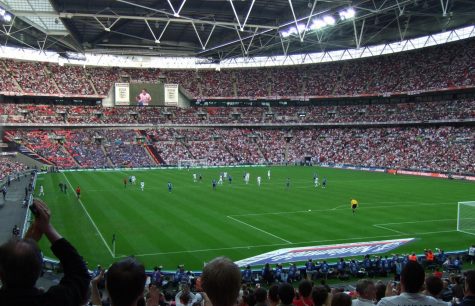
What was wrong with the Super League?
Although the league sounds like it might be appealing to fans and good for the sport of soccer itself – more matches between the most famous clubs, more hype as well-known rivals face each other – it would have furthered inequality within the sport and had devastating effects for many clubs.
One of the major draws of soccer is its unpredictability. A team’s success is dependent on the performance of every one of its players and one goal or misstep can completely shift a match. Under the current league structure, underdog teams sometimes have really good seasons, qualify for the league, and go on to win. In the Super League, though, they would not have the chance to even compete. Even if they somehow managed to qualify, the Super League teams would have collected enough money from broadcasting to buy all of the best players. The larger teams would consistently be making more money, so each year the chances of a smaller team qualifying would be further diminished.
The Super League would also have placed heavy strain on domestic leagues. With the results of domestic leagues not having any sway on who competes in major tournaments, the value of the leagues would drop. Teams might also save their best players for the Super League, wanting to keep them fresh for the higher-stakes games. The absence of players like Lionel Messi or Christiano Ronaldo from domestic leagues or Union of European Football Associations (UEFA) competitions would mean a large revenue loss for those leagues and for the teams that rely on them.
Perhaps the biggest issue with the Super League is the way it contradicts the fundamental nature of the sport, which is deeply rooted in history. Soccer is often called “the working class game” because of its origins in industrial mill towns. Teams were built by and for communities and gave people something to rally around. The sport still holds this significance for many people, who voiced strong opposition to a league that appears to favor wealth over merit.
How did the Super League fall apart?
The plan immediately received heavy criticism. The opposition to the new league was primarily driven by fans, but was soon joined by players, networks, and sponsors. The president of UEFA described it as a “disgraceful, self-serving proposal” and the president of Fédération Internationale de Football Association (FIFA) threatened to ban participating players from the World Cup. UK prime minister Boris Johnson even threatened to pass legislation to block the league from forming, describing the breakaway clubs as a “cartel.” Facing immense criticism, clubs quickly began to pull out.
What happens from here?
Although the immediate threat of the Super League has collapsed for now, many problems remain. Many clubs are still in danger of bankruptcy, and the American owners pushing for a restructuring of the sport remain in positions of influence.
Both of soccer’s most influential organizations, FIFA and UEFA, are in a tough bargaining position. They depend on the revenue created by the top teams and players, which limits their ability to punish those who supported the Super League. And neither FIFA or UEFA are saviors of the sport. Both organizations have a reputation for being exactly what they criticized the Super League for being: corrupt and intent on maximizing profit. UEFA has continuously increased the number of Champions League matches despite resistance from players and recent reforms to the Champions League have given more privileges to the largest teams.
The explosive reaction to the Super League has shut it down for now, but it has also opened up discussions about the ways the structure of the sport should change. It’s unclear what will happen next, but it’s clear that something will happen, that something needs to happen. The extent of the changes will depend on how far fans are willing to push to keep the traditions and values of the sport intact.

Hello! I'm a Senior at Hellgate and this is my second year writing for the Lance. In addition to writing, I enjoy mountain biking, playing cello, and competing...


